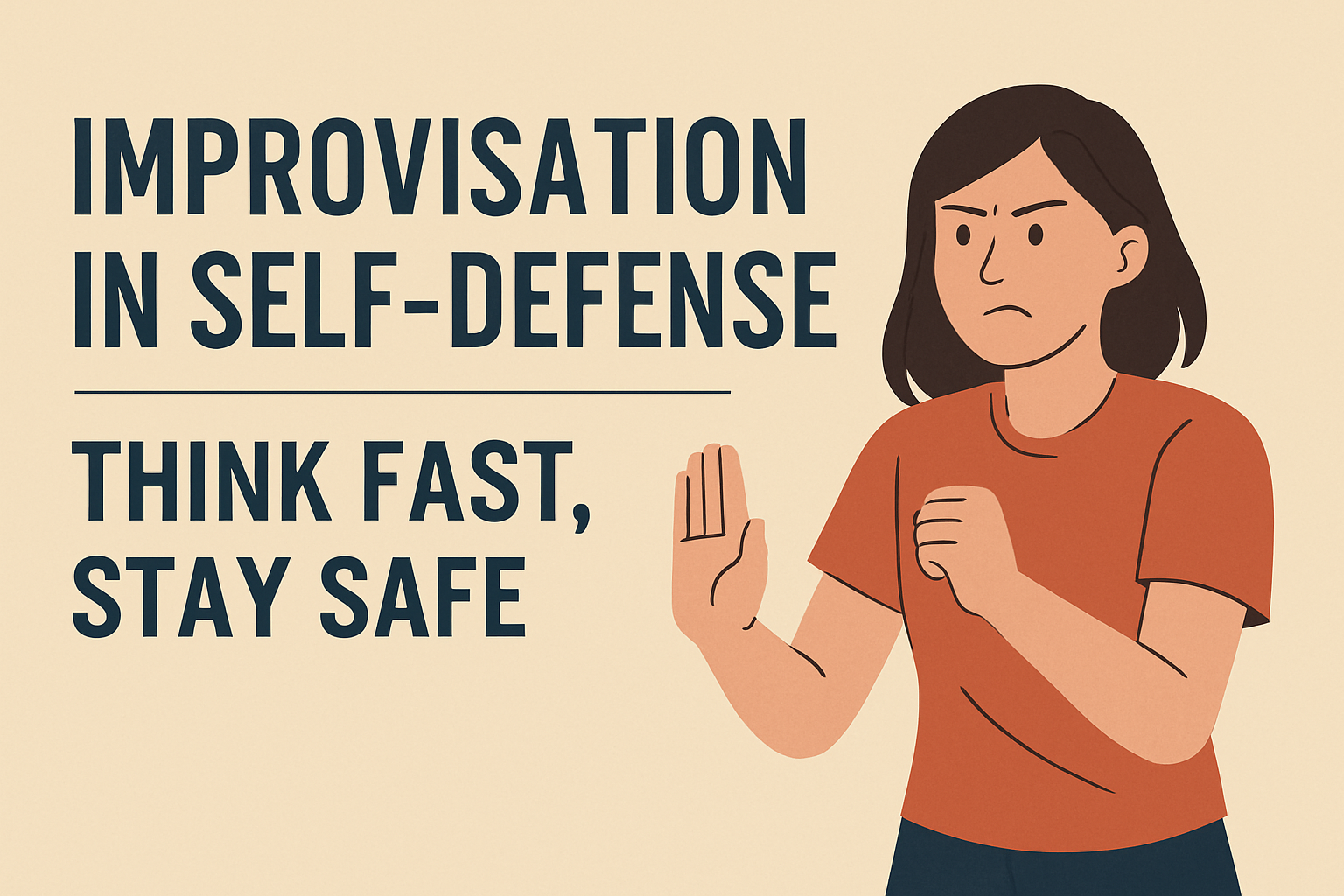What is Mutual Combat
Mutual combat is a legal concept that might sound like something straight out of a movie, but it has real applications in several states. When two consenting adults decide to get involved in a physical fight, mutual combat laws may protect them from criminal charges.
- What is Mutual Combat
- What Does Mutual Combat Mean?
- A Historical Glimpse and Legal Origins
- Mutual Combat in Texas and Washington State
- How Does Mutual Combat Work?
- Considerations and Criticisms
- Frequently Asked Questions
- Looking Ahead: The Future of Mutual Combat Laws
- Final Thoughts
- Additional Insights and Reflection
This article reviews what mutual combat means, its origins, how it is applied in Texas and Washington, and important considerations for anyone interested in this unique area of the law.

What is Mutual Combat?
What Does Mutual Combat Mean?
Mutual combat describes an arrangement where two individuals agree to settle a dispute by fighting. Instead of calling law enforcement, both parties consent to get involved in a physical altercation and accept responsibility for the outcome.
Rooted in the idea of personal freedom, this concept lets people resolve conflicts without external interference. While the idea might seem outdated, some parts of the United States, particularly Texas and Washington, have legal references that recognize mutual combat as a defense.
It is very important to understand that these laws are not a free pass for violent behavior. Instead, they rely on genuine consent and require that the fight remains controlled and within agreed limits.
A Historical Glimpse and Legal Origins
The notion of settling disputes through combat has deep roots in history, ranging from medieval jousts to duels that defended personal honor. Over time, as society moved away from violent resolutions, formal duels were outlawed. However, the core idea was transformed and reinterpreted as a legal concept under specific conditions.
Modern mutual combat emerged as a way to differentiate between a hostile assault and a mutual decision to resolve a personal conflict. Courts in Texas and Washington have occasionally taken a lenient approach when both individuals voluntarily get involved in a fight.
This legal perspective marks a clear boundary between individual choice and criminal behavior that could endanger public safety.

Mutual Combat in Texas and Washington State
Texas and Washington State are the primary regions where courts acknowledge mutual combat under specific conditions. In Texas, if both individuals consent to fight and the conflict does not escalate excessively, the legal system may lessen charges that would normally apply in assault cases.
A similar approach is observed in Washington, where the courts carefully review evidence to confirm that the combat was truly consensual and proportionate. However, these laws strictly limit mutual combat to situations without weapons or deliberate attempts to inflict grievous harm.
This nuanced legal angle reflects the ongoing effort to balance personal freedom with community safety.
How Does Mutual Combat Work?
Understanding how mutual combat operates helps clarify its role in legal proceedings. Typically, there are several key steps:
- Consent: Both parties must clearly agree to get involved in the fight without coercion.
- Controlled Setting: The environment matters. A combat scenario in an organized event or public space might be treated differently from a spontaneous street altercation.
- Reasonable Limits: The fight should remain within the boundaries that both parties expect. Once the violence exceeds those limits, the legal protection may disappear.
- Bare-Knuckle Conflict: Mutual combat usually applies only to unarmed encounters. Bringing weapons or encouraging bystanders to interfere typically changes the nature of the incident and may lead to additional charges.
- Aftermath Responsibility: Regardless of consent, injuries might require medical attention and legal follow-up to determine if the fight stayed within acceptable parameters.
This framework helps ensure mutual combat is a controlled and accountable way to resolve disputes, rather than an invitation for uncontrolled violence.

Considerations and Criticisms
Although mutual combat might initially seem straightforward, it raises several important issues. Even when both parties consent, legal risks remain if the altercation exceeds what was agreed upon. The possibility of escalation means that participants can still face criminal charges if the violence becomes excessive.
Additionally, public safety can be jeopardized if a controlled fight unexpectedly spirals out of control, attracting onlookers or inciting further conflicts. There are also significant medical risks; injuries sustained during even a consensual fight might be more severe than anticipated.
Finally, while some see mutual combat as an exercise in personal freedom, others view it as an outdated and potentially dangerous way to resolve disputes.
- Legal Risks: Even consensual fights can lead to charges if the violence exceeds agreed-upon limits.
- Community Safety: Unregulated combat may disturb public order if it escalates unexpectedly.
- Health Dangers: Physical injuries in such fights can be unpredictable and severe.
- Social Opinions: What some consider a personal choice, others view as encouraging outdated and risky behavior.
Critics emphasize that mutual combat laws are meant to provide a narrow defense and should never be misinterpreted as an endorsement of violence. The focus remains on careful regulation to ensure that any decision to fight is both voluntary and contained.
Frequently Asked Questions
Below are some common questions about mutual combat:
Answer: No, it is currently recognized only in specific cases in Texas and Washington State.
Answer: No. If the violence goes beyond what was agreed or results in severe injury, legal consequences can still follow.
Answer: Withdrawal can nullify the mutual agreement, potentially leading to charges for the fighter who continues the assault.
Looking Ahead: The Future of Mutual Combat Laws
As society evolves, so do the approaches to handling personal disputes. Lawmakers and legal experts continue to debate the merits and limits of mutual combat defenses. There is ongoing discussion about how to balance individual rights with community safety.
While current laws in Texas and Washington reflect this balance, future revisions may adjust the scope and application of mutual combat defenses. This careful reassessment is essential as legal systems adapt to modern expectations and the complexities of contemporary conflict resolution.
Final Thoughts
Mutual combat represents a distinctive intersection of personal liberty and public safety. It offers a controlled method for resolving disputes when both parties agree to the confrontation, but strict limits ensure that it is not a license for unchecked violence.
Recognizing the importance of genuine consent, maintaining reasonable limits, and understanding the legal risks are all very important in this context. States like Texas and Washington clearly show how some legal frameworks adapt old ideas to meet modern standards.
This discussion shows that mutual combat is more than a fight; it reflects our society’s complex efforts to balance individual choice with the collective need for safety. Whether viewed as an archaic relic or as a practical, narrowly defined legal defense, mutual combat continues to offer valuable insights into the boundaries between personal freedom and public responsibility.
Additional Insights and Reflection
It is important to note that mutual combat laws were never intended to promote violence but rather to acknowledge situations where both parties make a clear, informed decision to resolve a dispute without resorting to traditional legal channels.
Legal professionals, judges, and lawmakers work diligently to ensure this defense is applied only under specific circumstances in jurisdictions where mutual combat is recognized. This narrow application helps prevent the misuse of such laws by individuals who might otherwise try to justify aggressive behavior.
Furthermore, legal experts frequently review case precedents and adjust their interpretations as societal norms and technology evolve. With advances in communication and a growing emphasis on safety, there is an ongoing dialogue about whether the current mutual combat guidelines are sufficient or if further refinements are needed. Many believe that these laws should be updated to account for modern challenges while still respecting the principle of personal choice. This dynamic evolution underscores the fact that mutual combat is not an end but a lens through which we can observe how legal values shift over time.
Bottom line: While mutual combat offers an intriguing legal option for resolving disputes, it underlines the importance of clear consent, strict boundaries, and vigilant oversight. Understanding these aspects is essential for appreciating where personal responsibility ends and public safety begins.






